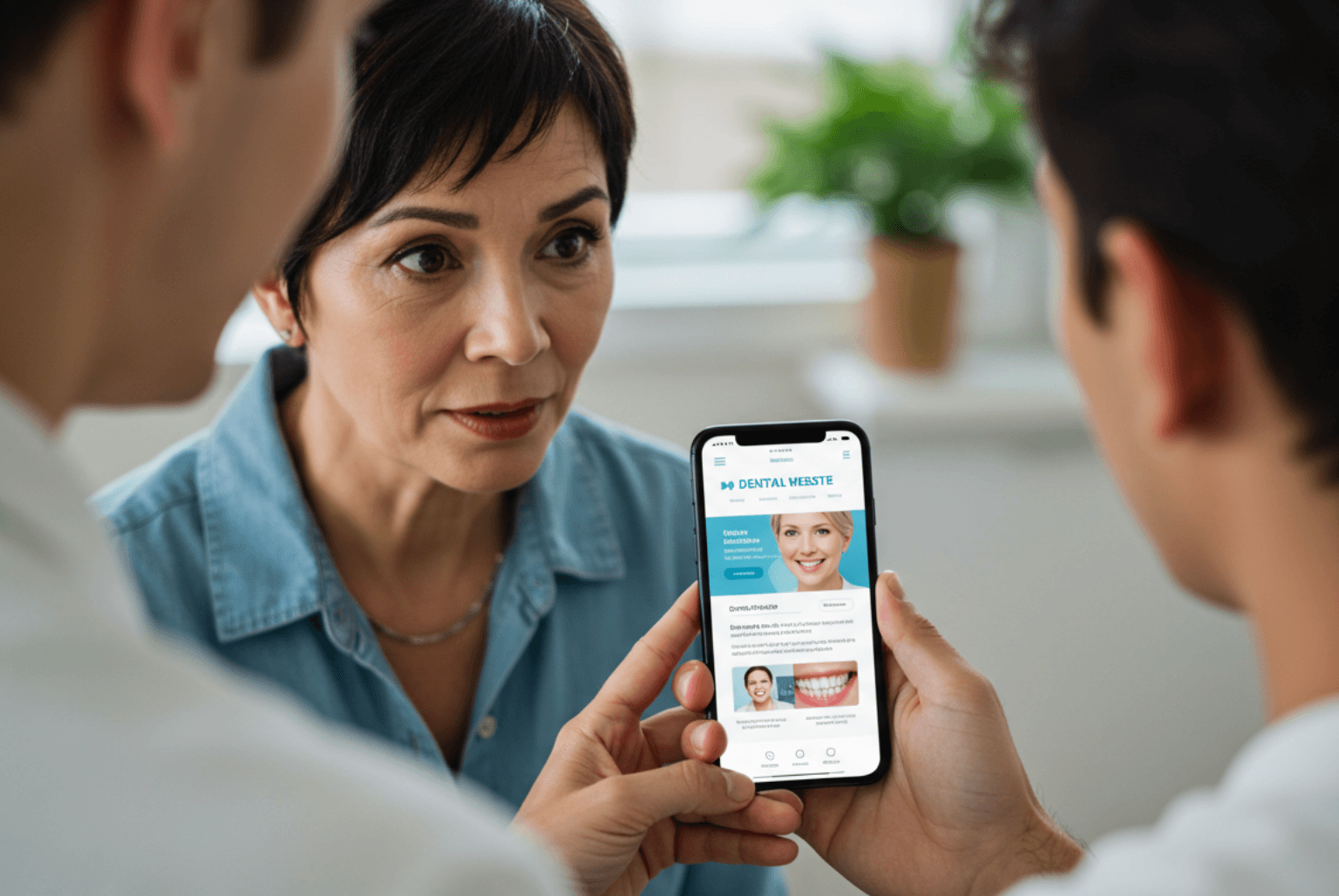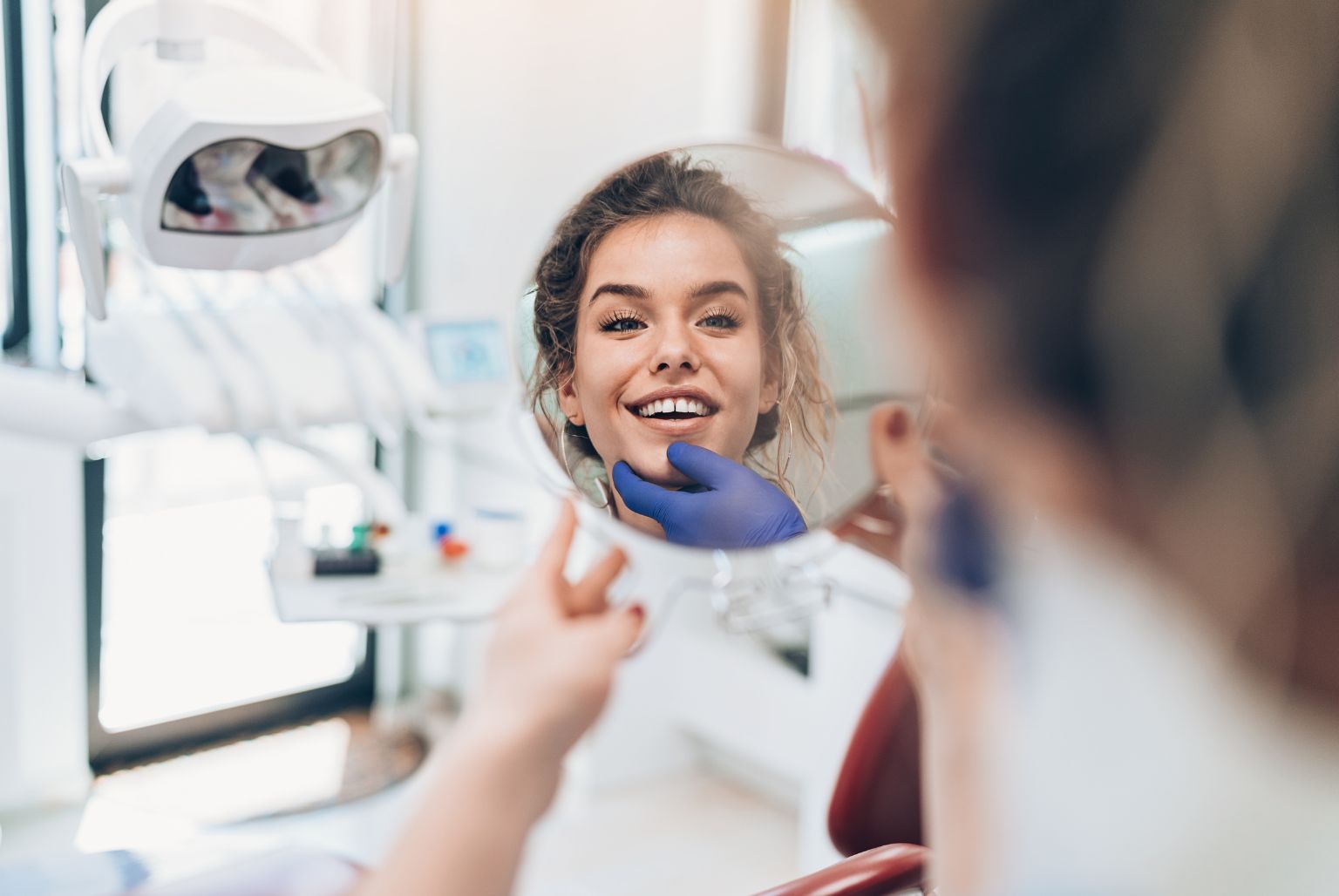“Should we run promotions, discounts or time-limited clinic offers?” This is a question often asked by practice owners or managers.
Running a special offer on particular products or services may seem like a no-brainer for a number of reasons; it can attract sales, new customers, appointment bookings, or even shift older stock if you sell any kind of dental or skincare products, for example. However, before you decide to create an offer, it’s important to identify your reasons for doing so and make sure it’s the right offer.
It’s also essential to make sure that any offer fits within the strict marketing and advertising guidelines surrounding medical aesthetic procedures.
Marketing special offers in the aesthetics industry
You should be aware that the General Medical Council (GMC) and the Nursing and Midwifery Council (NMC) each strictly prohibit the unethical promotion of cosmetic surgery procedures or medical aesthetic treatments using Prescription-Only Medicines (POM). Marketing and advertising should communicate facts, be clear about the potential risks, and not overpromise the results.
The aesthetics industry is regulated by strict advertising and marketing rules, decided by the Advertising Standards Authority (ASA) and Committee of Advertising Practice (CAP). Treatments that use POM are regulated by the Medicines and Healthcare products Regulatory Agency (MHRA). Both the GMC and NMC require that their members adhere to these guidelines. Failure to do so can result in substantial fines, or even criminal or civil actions against you or your clinic.
In its guidelines about Marketing of Cosmetic Interventions, CAP gives the following guidance to clinics about special offers:
- By their nature sales promotions will usually be time limited. Marketers must ensure that the limited amount of time for which the offer is available does not pressurise consumers to take up the offer. Appropriate lengths of time should be given for consumers to respond and marketing communications which announce the promotion should be displayed at the outset so that consumers have the longest possible period to consider whether they wish to enter.
- For promotions advertised online promoters should take steps to ensure that casual browsers cannot encounter the promotion at a late stage, when they do not have adequate time to consider it. They could, for example, archive the page so that it is only accessible to those who received an emailed link at the beginning of the promotion.
- Countdown clocks and claims such as “Hurry, offer must end Friday” should not be used.
- The existence of cooling-off periods, long lead times between purchase and treatment or long periods of offer validity after purchase do not absolve marketers of the requirement to make sure the initial marketing is responsible.
- Marketers should ensure that promotions do not encourage consumers to undergo unnecessary or unwanted interventions. Particular care should be taken when offering discounts for packages for procedures or promotional mechanics such as loyalty schemes or incentives for, for example, referring a friend.
The key takeaways from this are that:
- Even time limited offers should be marketed and publicised in a way that doesn’t pressurise patients to buy
- Efforts should be made to stop casual browsers encountering an offer at a late stage in the promotion
- Countdown clocks and statements such as “Offer ends Friday” should not be used
- Caution should be exercised when creating loyalty or referral schemes to ensure that people aren’t influenced to book treatments they don’t need
Where clinic offers can go wrong
One mistake that small businesses make when providing offers is training their customers to wait for discounts. If people know that you usually offer treatment discounts when a new treatment launches or once it’s been running for a while, they may simply decide to wait for the discounted price and never pay the full amount.
If you’re constantly running special offers at your clinic, it can come across as cheap or as though you’re desperate for bookings. Subconsciously, potential customers may ask why you need to discount so much. If your clinic is as good as you say it is, why aren’t your appointment books full?
Special offers can also attract people who are shopping on price alone, and it’s hard to build a relationship with customers who will always go for the cheapest option. Do you really want to spend all your time competing for customers who rarely, if ever, pay full price and who will switch clinics for the next money-off deal?
Adding value instead of reducing price
Stats suggest that if you increase your prices by just 10%, you could lose 30% of your customers and still create the same amount of revenue. For this reason, looking at how you can add value and create a higher quality service usually makes more financial sense than running offers that focus on discounts and bulk bookings.
Well-known brands such as Apple make no apologies about their pricing. People know and trust them and will even save up to buy from brands they love. These brands rarely offer discounts, but they do market what makes their products or services stand out from the crowd, what makes them desirable and aspirational.
Your marketing goals should focus on creating the same relationship with your patients.
How can you do this?
Mind your language
If you think about typical special offers, the language tends to talk about discounts, freebies, money off, buy one get one free, etc. This language immediately focuses the reader on price.
When you switch your offering to added value, you’ll find your language changes too. Words such as ‘thank you’, ‘reward’ and ‘complimentary’ are all focused on giving and telling the customer that they matter to you. It’s not about knocking money off, it’s about making the customer feel special.
Add, don’t take away
It’s common to see clinics promoting offers such as ‘Three zones for £299’ for wrinkle reducing treatments, for example. But again, this focuses the customer on price.
Instead, we always recommend an offer that adds value, such as ‘the fourth zone is complimentary’. This kind of offer is aimed at people who know what treatment they want, have already decided to go ahead, are prepared to pay full price, and may well have come back for or added a fourth zone to their treatment anyway.
If there are treatments that people often purchase at the same time or treatments that complement and enhance one another, you might consider creating an offer that markets them together.
Create exclusivity
As we discussed above, constantly and predictably offering discounts means that your customers will be reluctant to pay full price. Why should they when they know that they can get the same treatment much cheaper in a week or two?
Instead, try creating clinic offers that are just for your existing clients or only available occasionally and unpredictably throughout the year. This is the approach larger brands often take, utilising offers at quiet times of the year or creating a sense that the offer is only open to a select and valued few.
Target offers carefully
Another problem with offers that focus on price and discounting is that they’re not targeted to specific customer types. If you’re not clear who you’re marketing to, it makes it much harder to highlight the benefits of a treatment. This means the only thing to differentiate you from your competitors is the price of the treatment.
With targeted clinic offers where you understand exactly who it is you want the offer to attract, you can draw out the specifics of each treatment in terms of how they will appeal to your target market. This will again create a sense of exclusivity, that the promotion is aimed at individuals, not mass bookings. Targeted marketing also helps people make referrals. They can say to their friends, “I’ve just seen an offer that would be perfect for you”, because the wording highlights the benefits.
As we can see, clinic offers can and do work when they focus on adding value rather than discounting and when they adhere to the guidelines that are in place to protect patients.




